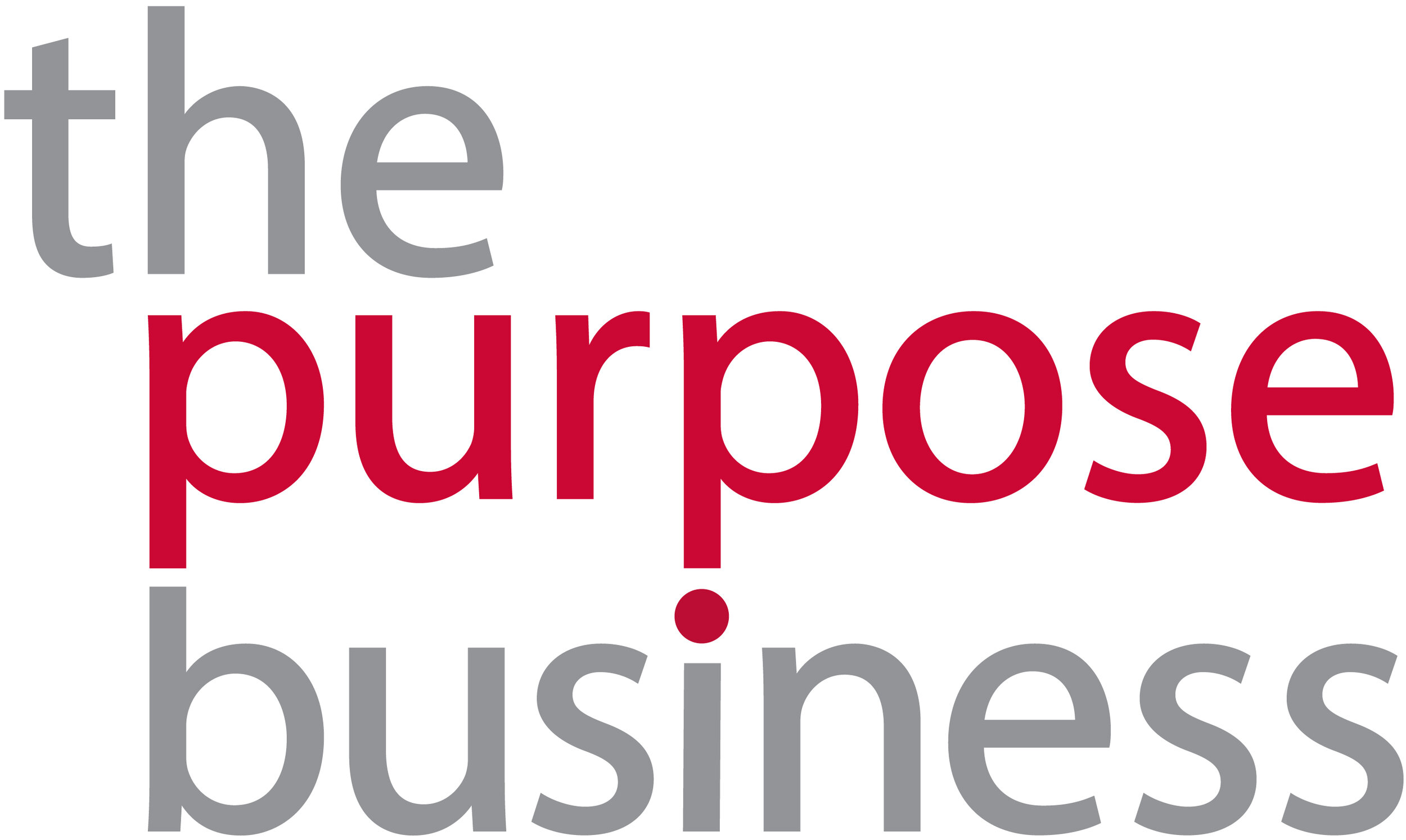Stakeholder engagement – not just for Christmas
As reporting season looms, we find companies starting to rain with RFPs for stakeholder engagement, to help them identify material issues for disclosure. As this is a key requirement of reporting frameworks such as the GRI, one can understand why stakeholder engagement sits prominently in yearly activities and also in annual corporate social responsibility (CSR) / sustainability budgets.
Disclosure 102-21 of the Global Reporting Initiative (GRI) Standards require organisations to report “processes for consultation between stakeholders and the highest governance body on economic, environmental, and social topics”. What it doesn’t suggest is that stakeholder engagement sessions should only happen once a year, as part of report preparation – a bit like Christmas.
GRI assumes that, as part of normal business operations, we all maintain regular touchpoints with main stakeholder groups, such as customers or staff, through feedback or satisfaction surveys.
So how do you stop issuing the same stakeholder engagement RFP every year? How can you make one year’s investment truly work for you and allow stakeholder insights to inform corporate strategy and guide performance on high-level issues and specific topics? Wouldn’t it be nice to embed SE in year-long activities, and use your hard-fought for budget for real sustainable investments instead?
Here are two examples of things that may help:
1. Draw insights through tried and tested channels
Given the most pressing environmental or social issues the business faces, find ways to draw insights through the most familiar means. From market needs surveys to loyalty profiling events or supplier training, there are touchpoints with captive audiences that businesses invest in year round. Sustainability teams will benefit in inserting themselves in these ongoing conversations and asking the pertinent sustainability issues relevant to this stakeholder group.
Rather than asking philanthropy questions like ‘which of the following causes would you support children/ conservation/ elderly/ animal welfare’ in customer loyalty surveys, ask them about the operations issues that concern them. In 2015, Marks and Spencer found that 67% of online respondents thought expectations of transparency regarding sourcing of M&S products will increase over time, while 37% believe this will also be the case for how M&S products are produced. As a first step in addressing these new expectations, M&S published details of how ‘Plan A’ product attributes are identified and measured. Taking the issue of transparency into the business meant M&S could encourage it as a value to then be exercised in staff-related issues, across overall leadership and more.
2. Use sustainability as a reason to create even more value
The only time suppliers get called by procurement officers is when there is an intervention such as a quality check or price negotiation or a new product or order. Those aside, suppliers are only contacted when the contract is up for renewal. What if, as the sustainability team, we can give procurement teams the reason to engage more regularly?
For example, global supply chain leader Li & Fung’s commitment to health, safety and sustainability translates into an entire catalog of Digital Learning Units for Managers and Workers in its supply chain where over 100 videos contain health, safety and sustainability tips at local operational sites. In order to ensure continued investment in contracted workers, the videos are now available through a dedicated YouTube channel, in a number of local languages tailored to the key communities of their supplier base. It’s smart business, in every sense.
In the Philippines, the Energy Development Corporation has been powering infinite possibilities by harnessing geothermal energy in Negros Oriental, a province located in the region of Central Visayas, for 40 years. As part of its “Positive Energy” programme, it has been running a student competition dubbed ‘Battle of the Brains’ to engage the region’s youth to promote clean and renewable energy, and also teach and influence others to live more sustainably. This clearly deepens community investment, but more importantly, prepares a pipeline of an enlightened workforce that values and prioritises renewable energy.
Consulting stakeholders need not only be annual one-on-one interviews, focus group discussions or online surveys.
After all, if we are to truly engage people, shouldn’t we spread the cheer all year round?










